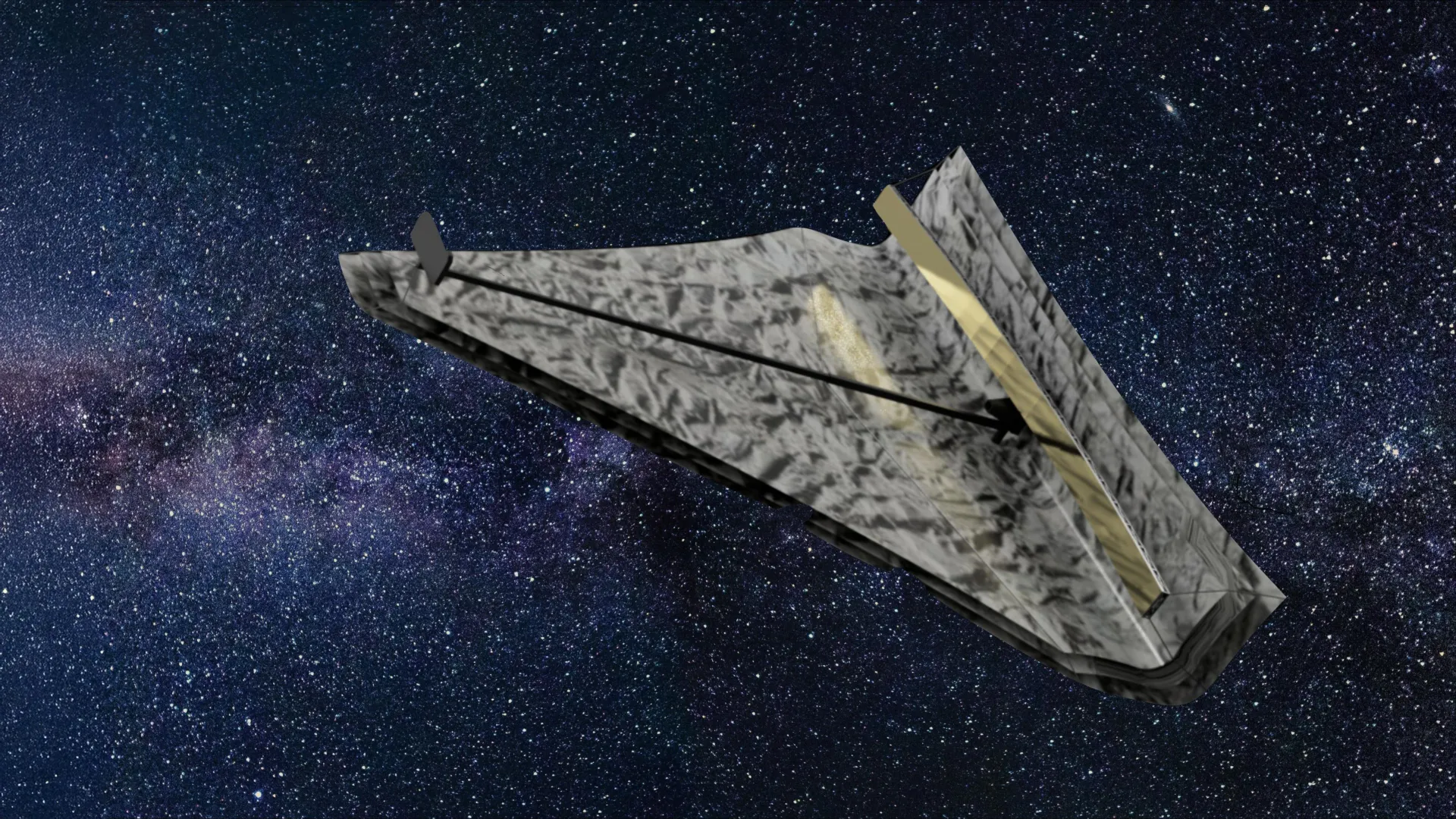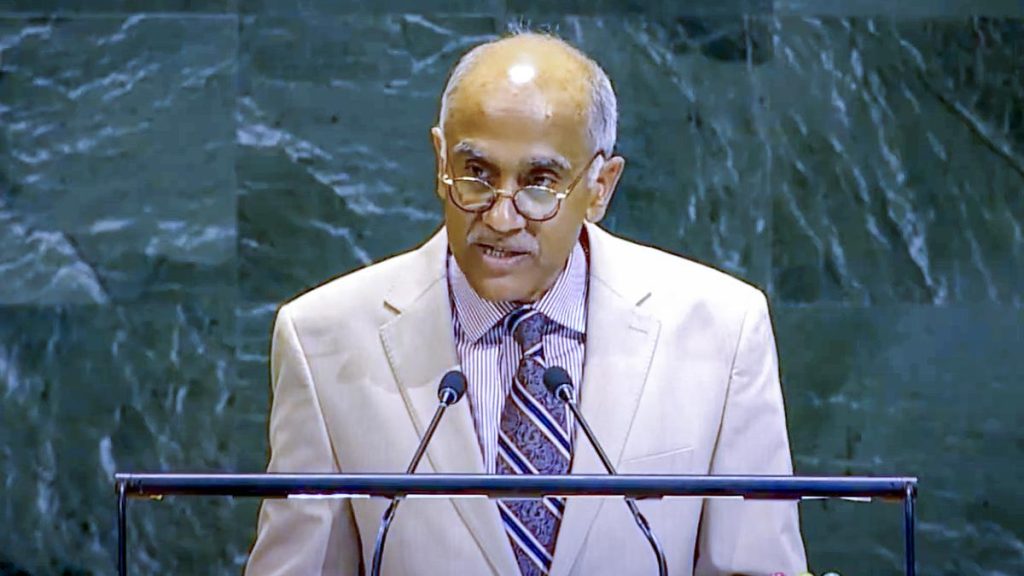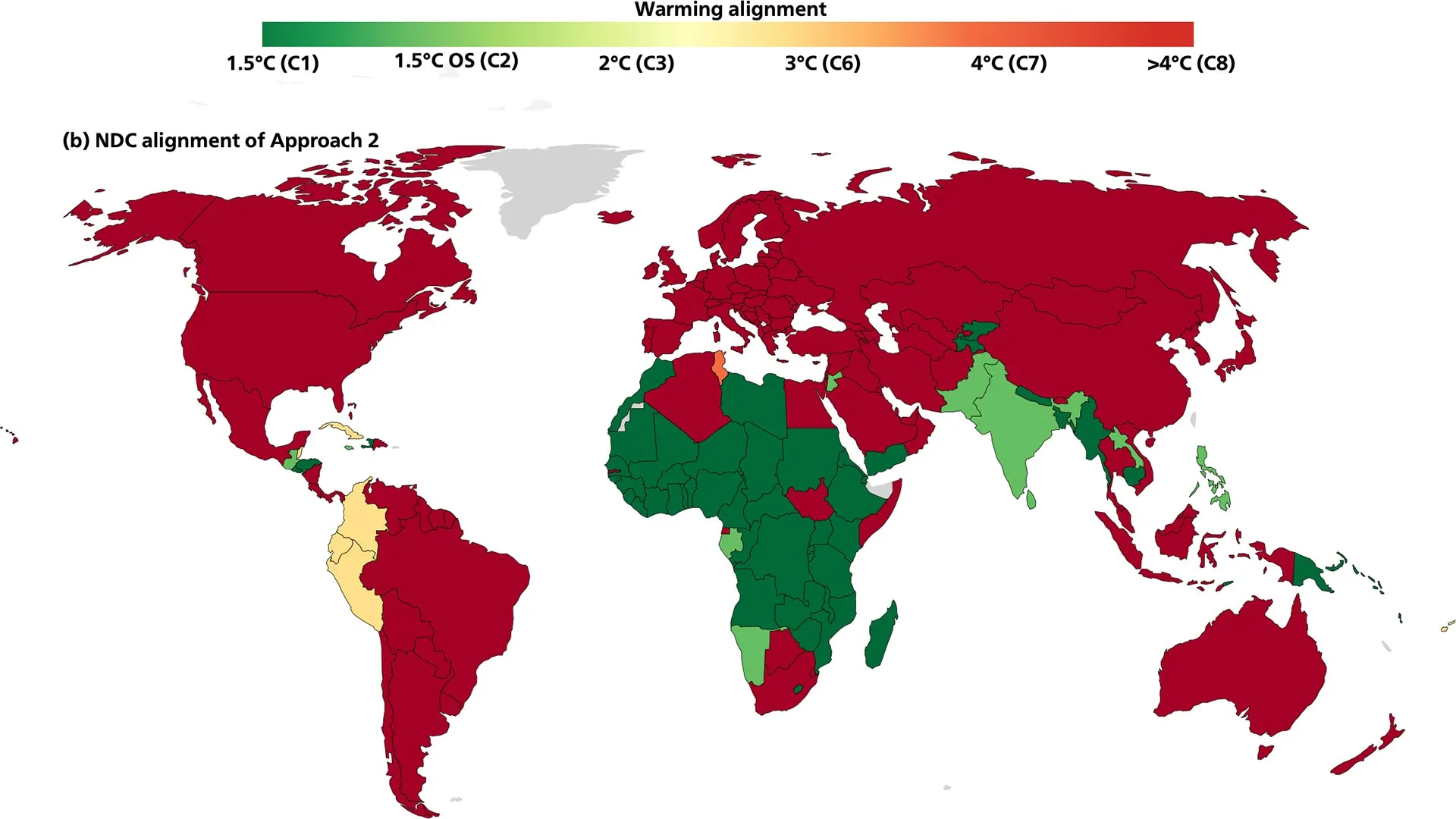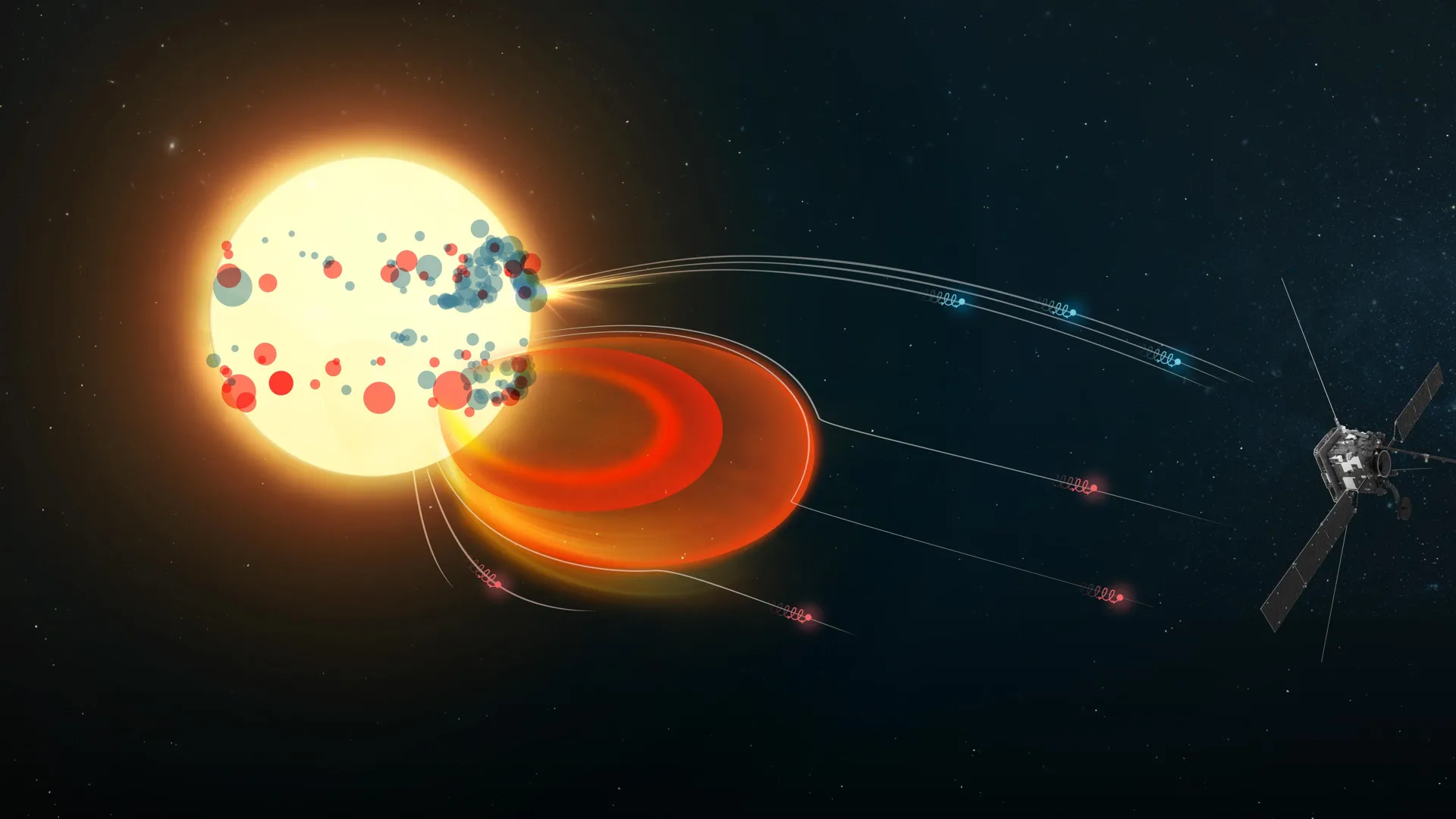Now Reading: Revolutionary Telescope Design May Discover Earth’s Twin
-
01
Revolutionary Telescope Design May Discover Earth’s Twin
Revolutionary Telescope Design May Discover Earth’s Twin

Quick Summary
- the search for extraterrestrial life is challenging due to the vastness of space and limitations in technology.
- Multicellular life may only exist on planets with liquid water,solid ground,and temperatures similar to Earth’s.
- Observing Earth-like exoplanets is difficult because stars they orbit are substantially brighter, requiring advanced telescopes with high resolution.
- Current technology struggles to deploy required telescopes (e.g., 20-metre diameter needed in space) or alternative systems like starshades due to feasibility challenges in fuel usage and position accuracy.
- A new proposal suggests using a rectangular-shaped infrared telescope mirror (1×20 meters) that matches James Webb Space Telescope’s capabilities but increases observational precision due to its unique shape/design.
- This design could identify around 30 Earth-like planets within 30 light-years in under three years if further optimized, possibly paving the way for deeper study and probes.
Indian Opinion Analysis
The proposed rectangular telescope represents a meaningful step forward for detecting Earth-like exoplanets without demanding breakthroughs in currently infeasible technologies. If successfully developed, this method could accelerate humanity’s ability to locate planets capable of supporting life. This innovation also highlights India’s possibility as one of the global leaders in space exploration-leveraging Indian expertise and infrastructure (e.g., ISRO’s track record of cost-effective satellite launches).
Identifying habitable worlds would offer tremendous scientific benefits by deepening our understanding of life’s parameters while fostering international collaboration on missions targeting these identified planets. However, practical deployment hinges on international funding partnerships due to high costs associated with such projects. India could play a role by contributing engineering solutions compatible with this breakthrough design or collaborating regionally. It might further reinforce India’s stance as an influential voice within the space research ecosystem globally.

























